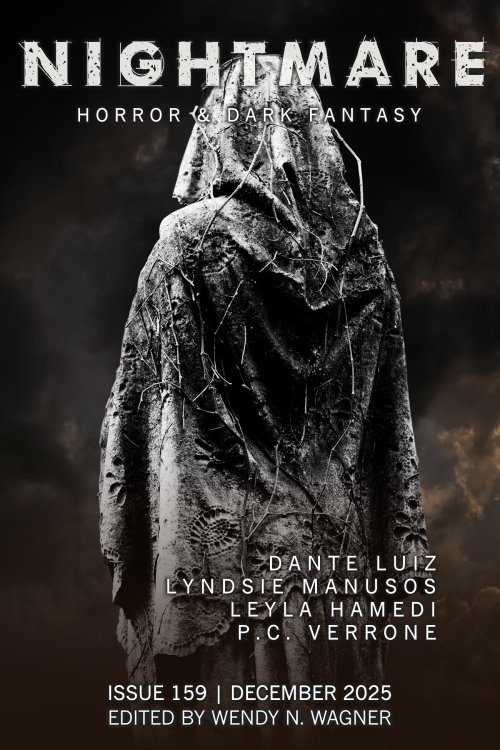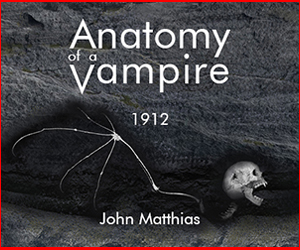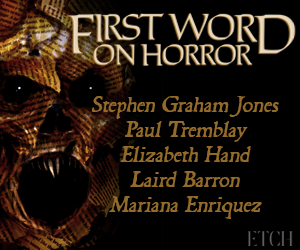Nonfiction
The H Word: Picture a House
Picture a house. It’s an old house. Stately, with two quarter-moon windows perched above a balcony, or a rundown farmhouse far out in the countryside, overlooking a bent, ancient tree. It’s something with history to it, history that’s not your own, but that doesn’t matter: the keys are in your hand. You own it. You are going to build a life there. You bring your family inside, and fill it with what is yours, and claim every room, every hallway. Except the attic








